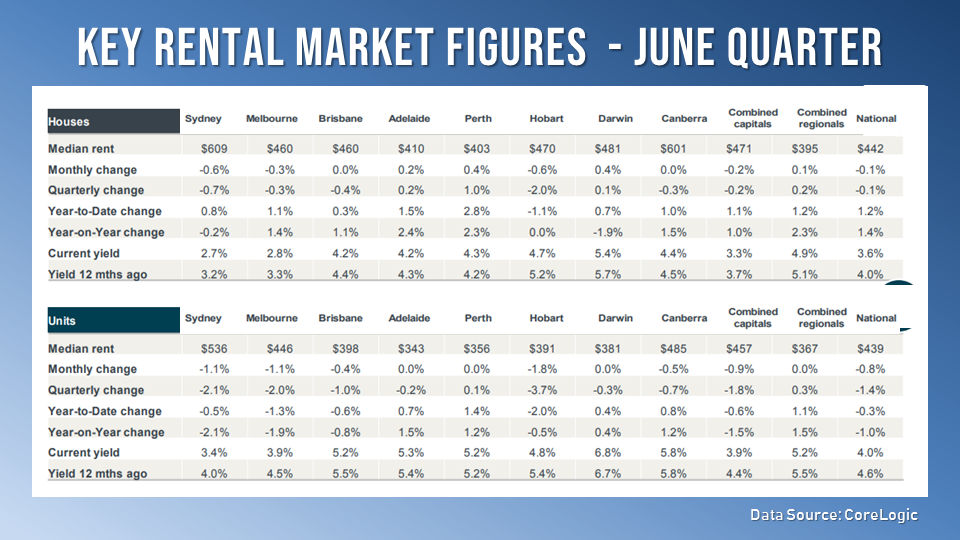Australia's rental markets are expected to soften further as the impact of the COVID-19 outbreak continue to take its toll on housing demand, according to the CoreLogic's latest quarterly rental report.
Rent values declined by 0.5% over the June quarter, the largest fall since September 2018. Capital cities have been bearing the brunt of the economic shocks arising from the COVID-19 outbreak. In fact, rents in state capitals declined by 0.7% in the quarter, compared to the 0.2% rise in rents across regional markets.
Eliza Owen, head of research at CoreLogic, said before the outbreak, the national rental index has been recording consecutive increases until March this year.
"However, the COVID-19 environment shifted this trajectory. Closed international borders created a significant shock to rental demand, as historically, the majority of new migrants to Australia have been renters," she said.
The job losses in sectors like hospitality, tourism, and the arts also affected the demand for rental properties.
The decline in rents is expected to continue in the coming months, the report said.
Of all capital cities, only Adelaide and Perth were able to record increases in rents over the quarter. Adelaide's property market has been less susceptible to COVID-19, due to the relative stability of the market, and low participation of investors in the market.
Perth's steady rental market, on the other hand, reflects improved patterns in migration, continued withdrawal of investors since the mining boom, and less exposure to industries heavily affected by the COVID-19 outbreak.
With property values rising by 7.8% and rents declining by 0.7% over the year to June, the national rental yield fell to 3.73%, which is just two basis points off the record-low reached in August 2017.
Rent yields for unit led the decline. Rents in the unit segment fell by 1.4% against a 0.3% drop in values over the quarter. Currently, unit yields are at 4%, the lowest on record.
While conditions in the housing segment are fairly similar, house rent yields started to stabilise as values fell faster than rents. Over the quarter, house yields increased to 3.6%.
The table below shows the key rental and yield figures for houses and units over the June quarter:

